I often get asked by people, mostly on my Instagram, to critique their drone videos to give them quick pointers on things they can do to improve their videos and make them more interesting and appealing for their viewers. Instead of individually replying to each and every person that has asked me this question, I figured it might be more beneficial to give you a quick rundown of things that you need to be careful about, need to know about, and things that you can incorporate in your workflow to make your videos much better, especially if you’re still a beginner drone pilot. Let’s check it out.
Keep It Simple
Starting out first with a mistake that I see a lot of people make is trying too hard to make their videos look interesting. You can easily tell that, but I personally believe simple is good, especially when it comes to Drone cinematography. I’m not saying that complex shots are not amazing, because they most certainly are, but they’re mostly reserved for very advanced pilots who can execute those movements in a very dynamic but also smooth way so they don’t take away from the actual storytelling aspect of your video. If you try too hard to make those shots and all people can see are your jerky movements and shaky hands, and the end result is not smooth at all, then what’s the point of doing that? I personally believe simple is good when it comes to drone cinematography because drone shots are meant to be an addition to the story. You can see that in many commercials, movies, and TV shows – drone shots are mostly very simple and they just add to the whole story. Now of course, if you’re only shooting drone footage, you don’t want to only have very simple and boring shots in your footage, but I think you get my point. Simple is good, especially when executed smoothly.
Use Speed Ramps
Now on the same topic of flying smoothly in a simple way, a simple shot that requires your drone to just cover a large distance is not going to be interesting to your viewer. To avoid boring your audience and viewers, a speed ramp might be the better way to go. Instead of posting the whole 30-second flight of you going from one point to another, why not just make that shot two seconds and use a speed ramp to showcase the movement of the drone but showcase just the quick move from point A to point B? That’s a lot more dynamic. Of course, it doesn’t work every single time in every single scenario because speed ramps are kind of aggressive and it really depends on how you incorporate that in your footage. But for me, speed ramps are a must for just going away from that boring movement that takes ages. You just want to see what’s coming next, you don’t want to keep looking at a 30-second shot that’s doing nothing for you.
The speed ramps I personally use are very quick ones. I don’t like the slow speed ramps, if you get what I mean. Instead of speeding up my footage two or four times, I like to speed up my footage maybe 16 times so it’s a lot quicker and that whole transition from point A to point B doesn’t take 5 seconds, it takes 0.5 seconds. So you get the point, you’re ready for the shot, you’re ready for the next shot, and you’re still intrigued by what’s coming next.
Use Different Perspectives
The next tip I have for you is to use the advantages of your drone, and the biggest advantage that your drone gives you is perspectives. Use different perspectives, use the variety of the different angles that you can achieve with your drone, and use them to your advantage, because this is the only way to capture so many different angles. You can use a bird’s eye view, a low flying shot, reveal shot, orbit shot – so many different shots that you can incorporate in your footage. There are so many different ideas depending on what type of mood, emotion, or feeling you want to provoke in the viewer that you’re trying to reach.

Take Advantage of Multiple Cameras
Tip number four is if you have a drone that has more than one camera, such as the DJI Air 3 or the Mavic 3 Pro, take advantage of these cameras. I see so many people and I had so many comments on my reviews for these drones saying yeah, these cameras are kind of like a gimmick, I don’t like them. I personally feel terrible when I read comments like these because they couldn’t be further away from the truth.
The different focal lengths that these cameras have give you a completely different look for your footage, and especially if you combine that with my previous tips that I gave you, you will have even more variety in your shots. Personally, one way that I love shooting with my drone is by using the 7x camera on the Mavic 3 Pro, which is a telephoto camera that zooms in a whole lot and it’s nothing like the regular wide angle shot that the drone gives you that everyone is used to nowadays. By using this, not only are you getting some amazing parallax effect when you’re orbiting around the subject, you can also take advantage of filming something that is really far away without actually having to go there, especially if it’s something that is an off-limits zone that you don’t have access to or is an object that is really far away that is forbidden to fly around.

Capture Unique Moments
In my case, I came across a stork nest which I really didn’t want to bother. I was super far away, more than 100 meters, and the mother stork didn’t even notice the drone. Of course, I really didn’t want to bother her or the little ones. I made it happen because of that camera, so it was really worth it and it was really interesting for me to see how she protects the little ones and keeps them in shape, makes shade for them. It was about 32°C (about 90-95°F), so it was really, really hot around noon time and everyone was looking for shade. It was an interesting shot that I was able to capture by taking advantage of what the drone has and what it can give me in terms of different camera characteristics and focal lengths.
Always Bring Your Drone
This tip ties very well with my final tip, which is to always bring your drone with you because you never know what you’re going to capture. The last story with the mother stork was a great example of this tip and why it’s important. I always wanted to capture a stork nest while it’s full, while it has the big mother stork and the little ones inside. But every single time I came across a stork nest, I never had my drone with me or I never had a drone with different focal lengths and cameras. Of course, I wouldn’t film something like this from a close distance because I don’t want to bother the birds. That’s the reason why I am so happy that I brought my Mavic 3 Pro with me in this case, in this scenario.
To be honest, some of my best shots that I’ve captured recently have been by chance. I’ve never planned them, I never thought I would capture this. This guy here is another good example – I was packing my things getting ready to go home after shooting a completely different video, then I saw this guy on a hydrofoil surfboard. I immediately put the drone in the air and captured these shots and I’m super happy for that. This is just one example of so many different ones that just goes to show that you never know when you’re going to get a chance to capture something interesting that you always wanted to capture. Good advice from me is to always have your drone ready next to you so you can start flying straight away.
Conclusion
That’s pretty much it for today’s video. If you found those tips valuable, please let me know by clicking on the like button and dropping a comment down below. If you didn’t find them helpful, that’s also fine – let me know regardless by clicking on the dislike button and dropping a comment below. That’s also important for me, I want to hear back from you and of course, your input and feedback is always appreciated here on this channel. Looking forward to hearing back from you down in the comments.
With that being said, thank you so much for watching all the way through. This is Mike from Drone Supremacy, I’ll catch you in the next video very very soon. Take care and goodbye.
Discover more from DroneXL
Subscribe to get the latest posts to your email.
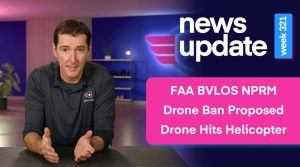

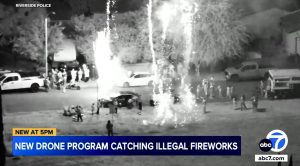

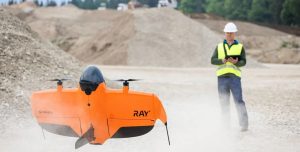
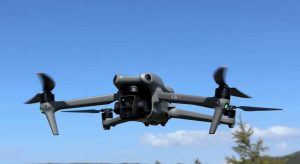
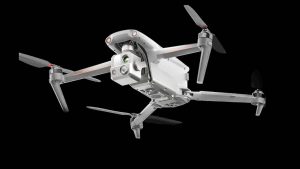


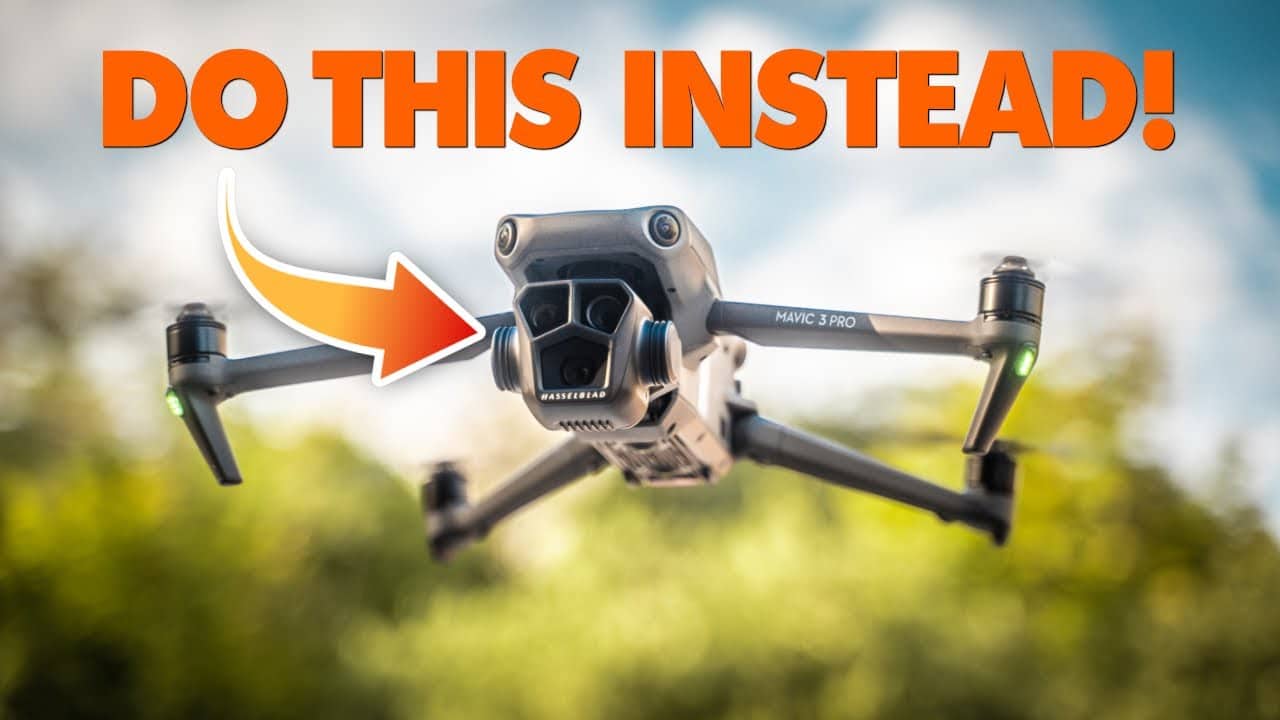

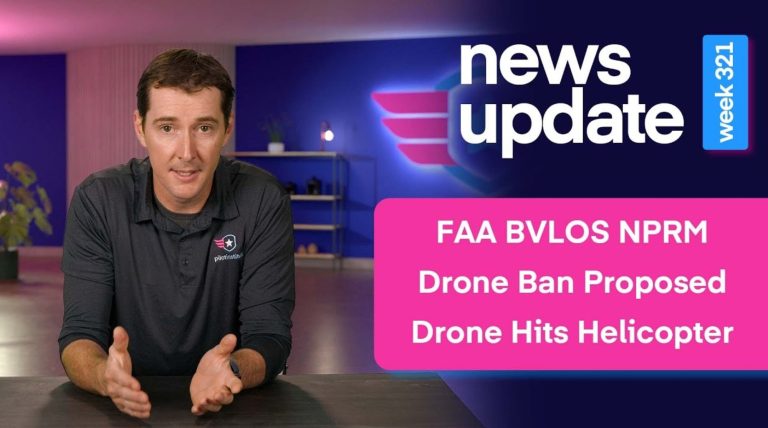

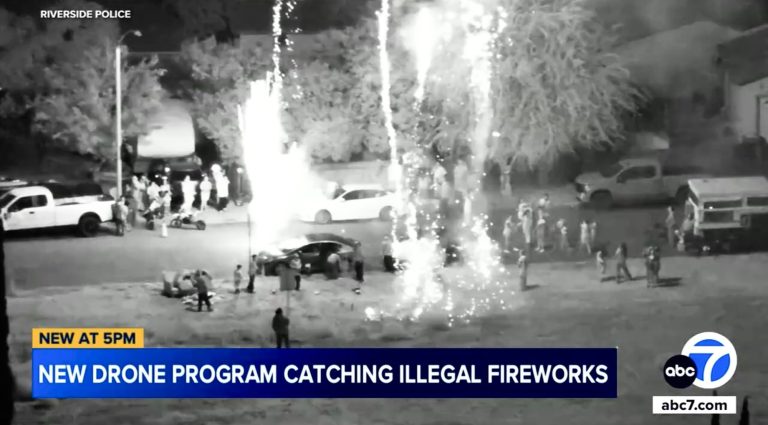

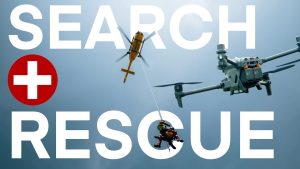
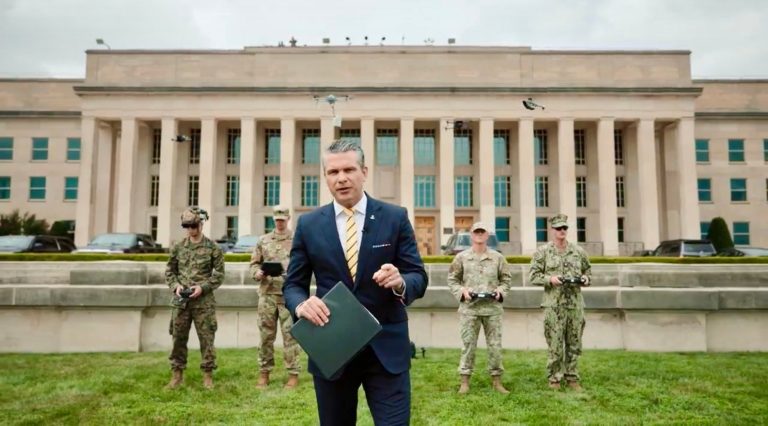
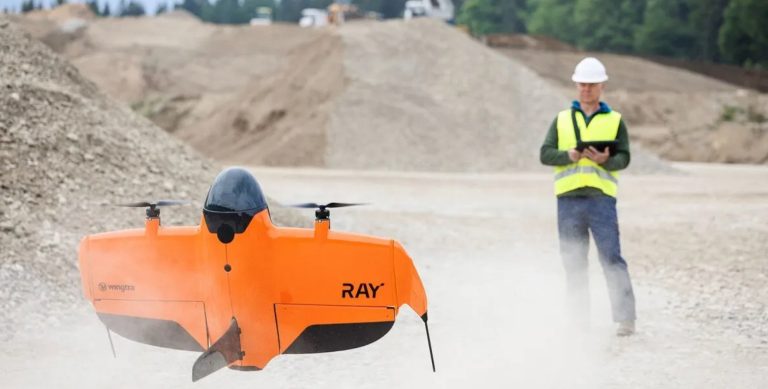
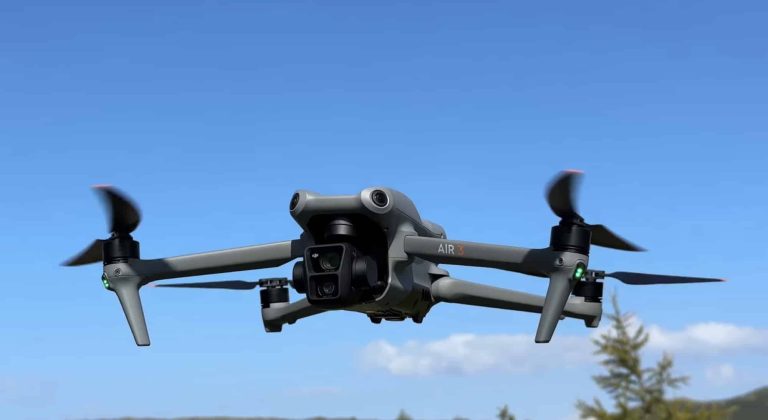
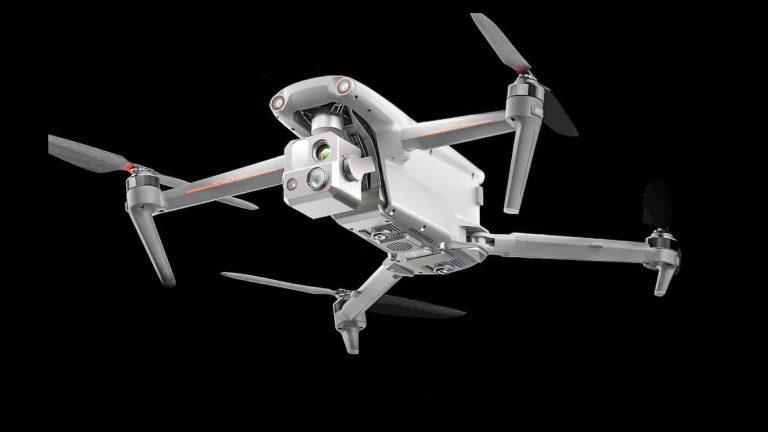
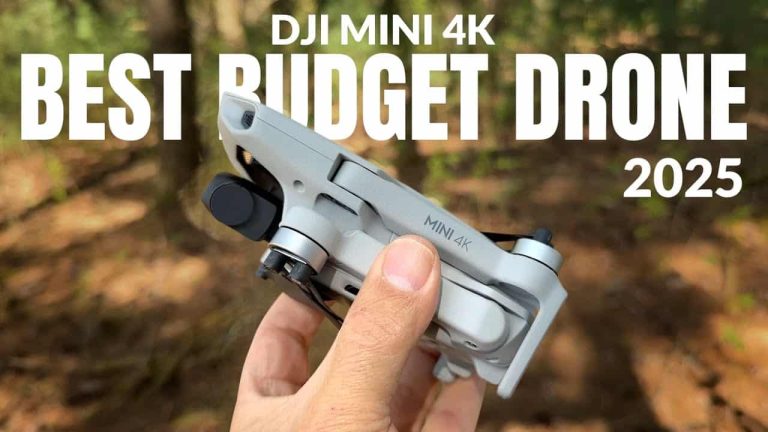
+ There are no comments
Add yours